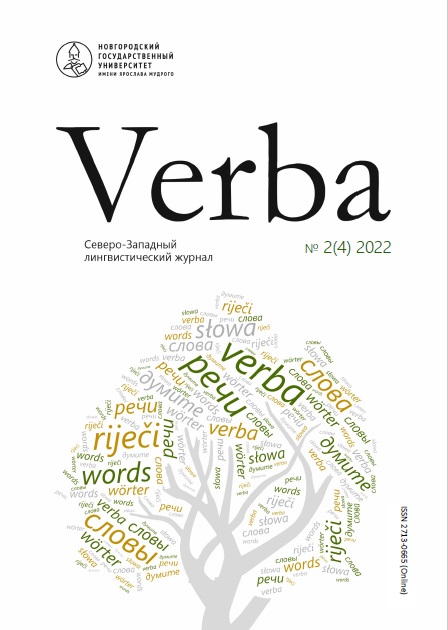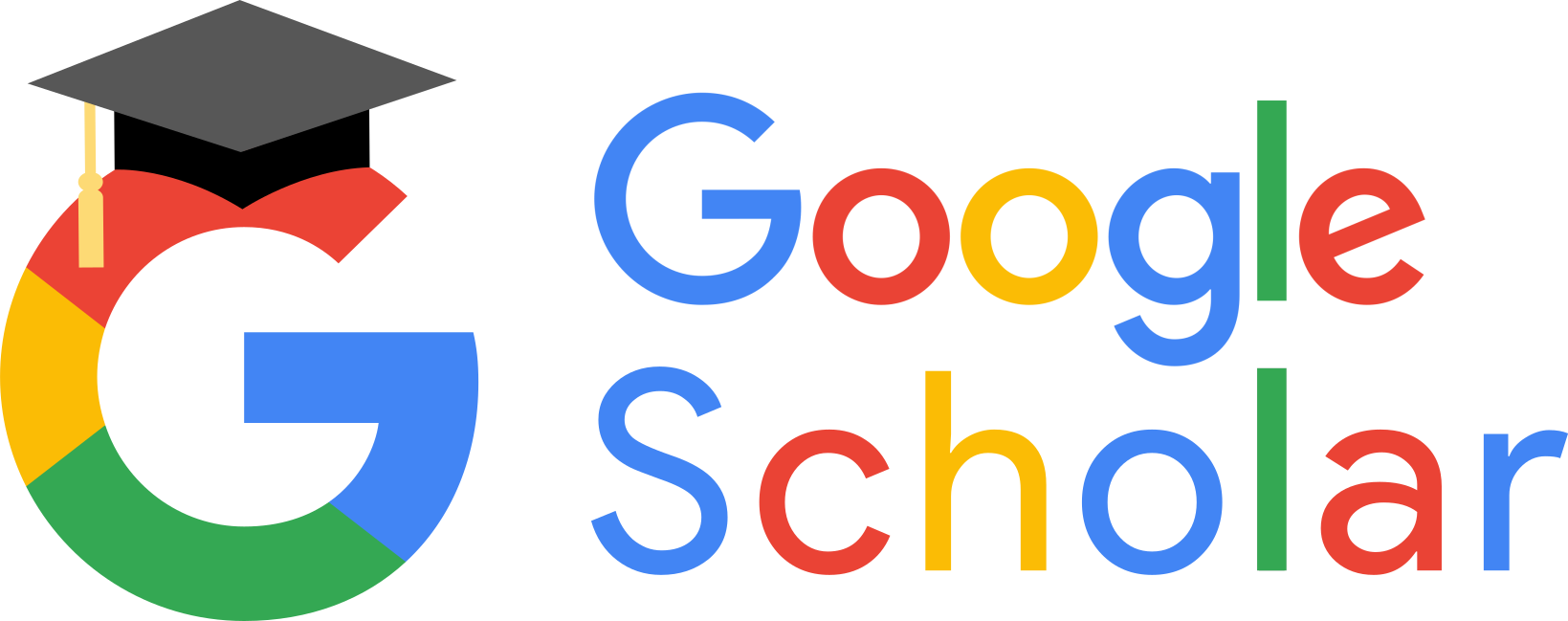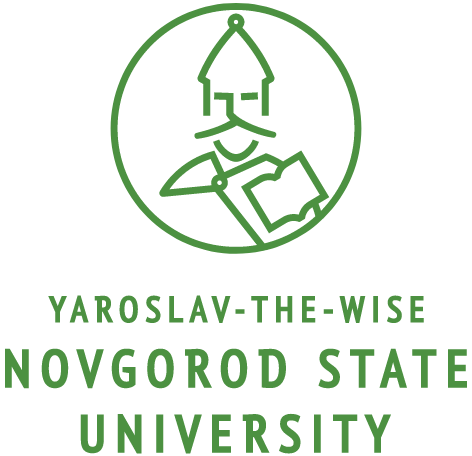Speech genre of popular science article in media
DOI:
https://doi.org/10.34680/VERBA-2022-2(4)-60-74Keywords:
popular science article, speech genre, communicative goal, image of the author, image of the addresseeAbstract
The article characterizes the genre of popular science article. Researchers in the field of linguistic studies discuss on how different from other genres the popular science article is. Due to this ambiguity, the author has decided to compare this genre with genres of the adjacent spheres of communication: academic, educational and general interest media. T. V. Shmeleva’s “questionnaire” of speech genre served as a main research tool. Several genre peculiarities appear to come after academic sphere of communication: the informative purpose, the image of the author (specifically author-“scientist”), the type of content (specifically scientific content), and the precision and consistency of language requirements. The use in mass media and the Internet determines other features of popular science article: the image of inexpert addressee, the image of the author-journalist (nonexpert as well), unrequired communicative future (expectations about reaction), and, due to that, the purpose of engaging and keeping the reader’s interest. All the genre peculiarities listed above make the particular nature of popular science article, as well as its own communicative goal – raising and maintaining the addressees’ interest to science and convince them in the scientific worldview. This goal, in its turn, makes authors to seek for new techniques to attract the reader’s attention. The analysis of popular science articles and its comparison with other genres from different spheres of communication has showed that the genre peculiarities appear in texts in many ways. A correlation exists between, on the one side, the author’s professional occupation and the complexity of content, and, on the other side, prevailing features of different spheres of communication.
Downloads
Downloads
Published
How to Cite
Issue
Section
License
Copyright (c) 2022 Verba

This work is licensed under a Creative Commons Attribution-NonCommercial 4.0 International License.








